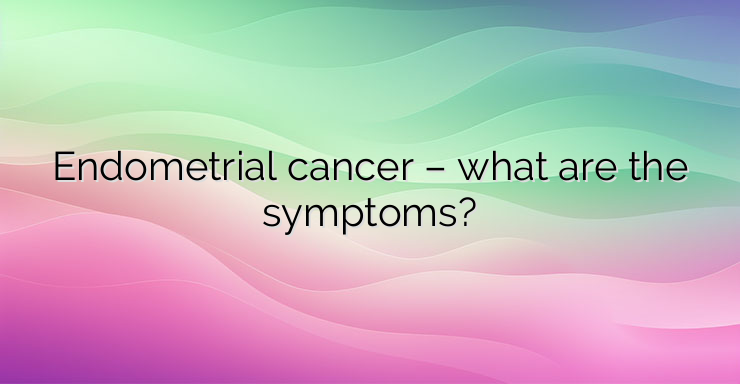Hey there! Let’s dive into what causes endometrial cancer, the way the tumor looks, its symptoms, diagnosis, and treatment.
So, what triggers endometrial cancer? Well, it starts with the lining of the uterus getting too much estrogen without enough progesterone, especially in postmenopausal women. This hormonal imbalance leads to the lining growing excessively, eventually turning into cancer after going through several stages. It’s like a garden where weeds (cancer cells) start to take over because there isn’t enough gardener (progesterone) to keep them in check.
Now, picture the tumor itself. It’s like a rounded lump hanging out in the uterus, sometimes looking like a polyp or sitting on a wide base. The real concern is how far it digs into the muscle layer of the uterus, which doctors measure in millimeters. And there are different types of these tumors, but the most common one is adenocarcinoma, where gland-like structures dominate.
Moving on to symptoms, the first red flag is usually vaginal bleeding, which can start light but gets worse as the tumor grows. As it spreads, it can cause pain, sometimes feeling like labor pains. And if things get really bad, you might notice a funky smell down there.
Diagnosis involves a visit to the gynecologist and some lab tests. They might scrape some tissue for examination or peek inside your uterus with a tiny camera.
Now, onto treatment. Surgery is usually the go-to, where they remove the uterus, fallopian tubes, and ovaries, maybe even some lymph nodes if necessary. Radiation therapy can shrink the tumor before surgery or zap any leftover cancer cells afterward. Hormone therapy, like using progesterone, can also help shrink the tumor, especially if it has progesterone receptors. And as a last resort, there’s chemotherapy, but it’s not always the best option.
So, if you’re dealing with endometrial cancer, know that there are options out there, and you’re not alone in this fight.


Leave a Reply